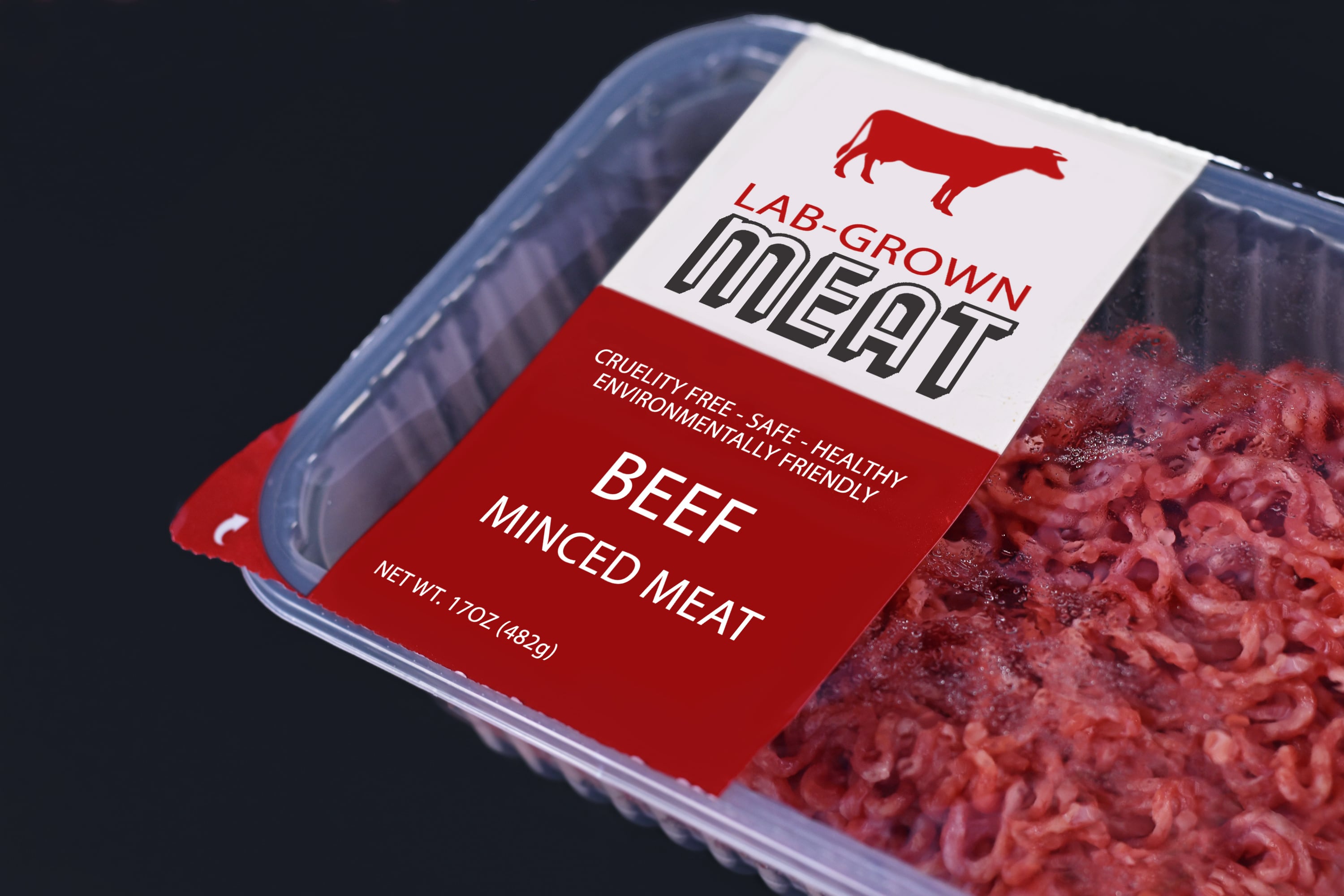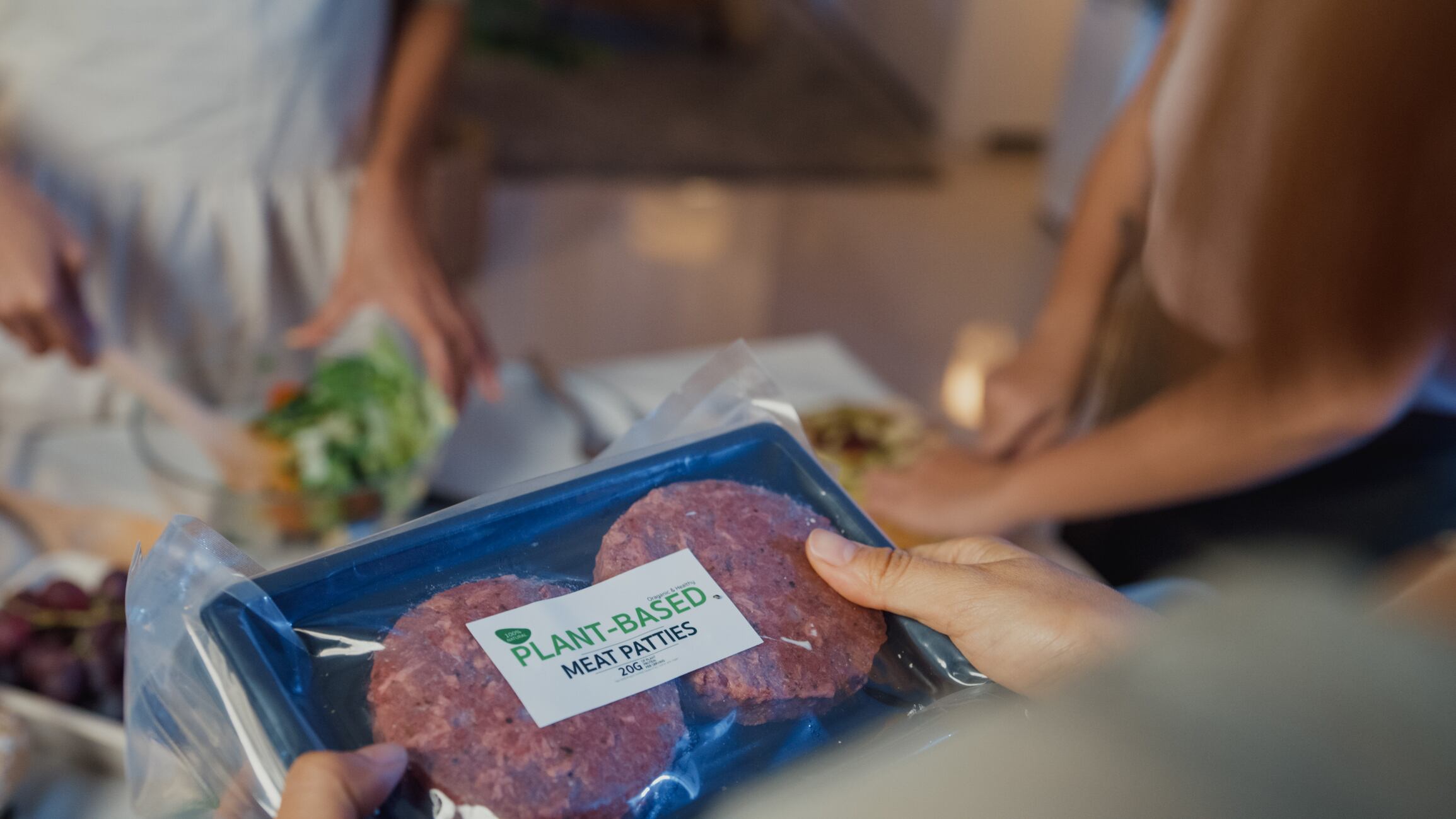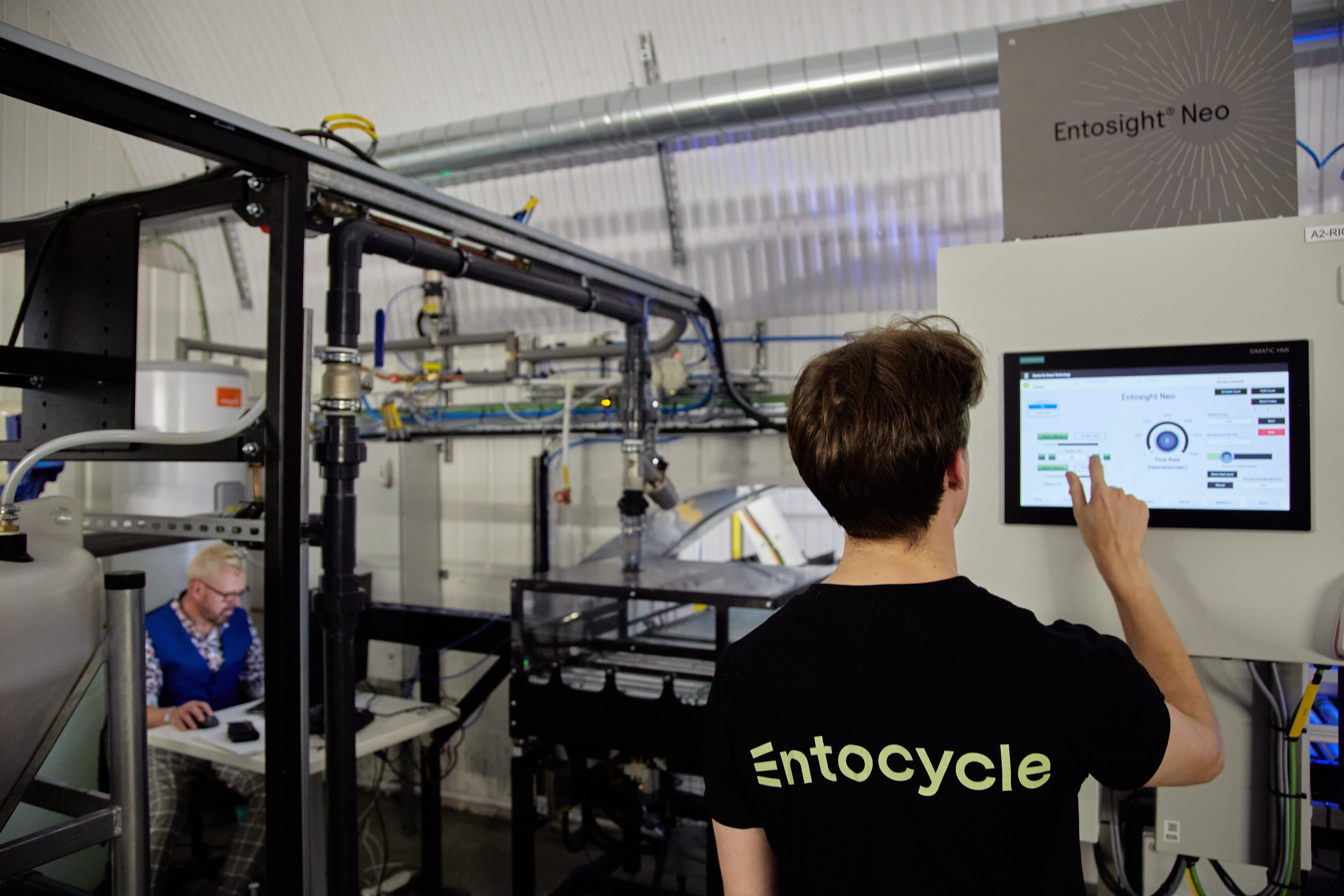By some estimates, the global population will approach 10 billion people by the year 2050, with global demand for animal-based protein sources expected to double by then. Given the environmental impact of livestock agriculture, fishing and aquaculture, a key part of building a more sustainable future will be working to reduce the consumption of traditional meat and seafood.
Cultivated meat and seafood represent one possible way of doing this. These are slaughter-free alternative foods, produced through tissue engineering technologies, in which a sample of cells is taken from an animal and grown in a bioreactor before being harvested and processed to formulate a product.
The cultivated meat and seafood market has attracted more than £2.3 billion in investment worldwide, and certain cultivated meat products have been approved for human consumption in Singapore, the US, Israel, Hong Kong, Australia and New Zealand (and for tastings in the Netherlands).
As of recently, no cultivated seafood products had garnered regulatory approval anywhere in the world. That changed when Wildtype became the first company to receive FDA approval for a lab-grown fish product, with its cultivated salmon now available at a restaurant in Portland, Oregon.
Outside of seafood, Wildtype isn’t the only food company to receive such approval from the FDA, joining Good Meat and Upside Foods, approved respectively for cultivated chicken products, a beef product made by Aleph Farms, a quail product made by Vow, a chicken pet food product made by Meatly, and cultivated pork fat made by Mission Barns.
The industry’s long-term economic viability, however, has been repeatedly questioned. In part, this is due to demand-related concerns regarding consumer acceptance, as well as complex regulatory pathways for novel foods – but naysayers have also pointed to issues around companies’ ability to scale up their production processes. Yet companies are starting to prove the sceptics wrong, using a variety of innovative strategies.
Innovation 1: Product formation
One area of recent innovation is product formation. Creating unstructured products such as pâté, mince and sausage is technically easier than creating whole cuts such as steaks, and so the first product offerings from companies producing cultivated meat and seafood have tended towards the former. But as companies seek to lower costs while widening their offerings, they have begun experimenting with hybrid products that contain both cultivated animal cells and other components.
For example, several companies seeking to mimic the taste and texture of chicken have reduced costs by mixing cultivating chicken cells with plant-based components. Others are seeking to produce cultivated fat cells without the muscle tissue – for instance, Hoxton Farms (UK), Cellva (Brazil) and Misson Barns (US) are making cultivated pork fat, and Mosa Meat has recently applied for EU regulatory approval of its cultivated beef fat. These cultivated fats can be used to give the taste of meat to otherwise plant-based products in a way that is potentially cheaper than products entirely composed of cultivated meat.
Innovation 2: Cost of culture media
Another area of innovation involves reducing the cost of the culture media in which the cells are grown. Pharmaceutical-grade culture media is very expensive and must frequently be refreshed during the cell cultivation process (as nutrients are depleted and metabolites accumulate) so there are many areas in which media usage and composition may be optimised. There must be strict sterility standards around media to prevent contamination of cells. Moreover, serum supplements to cell culture media are typically of animal origin (for instance, foetal bovine serum) and thus are not cruelty free, which may dampen demand.
Finally, it may be necessary to supplement media with essential amino acids and growth factors – because cells ‘are what they eat’ the purity of these components is critical, which adds to their expense. As companies develop innovative ways to reduce the cost of culture media, each of these areas has seen recent patent filings, including patent applications to recycling and rejuvenating cell culture media, different types of serum-free media, and recombinant growth factors for media.
Innovation 3: Optimising the process
A third area of innovation involves optimising the processes and equipment, specifically bioreactors, for cultivating cells, in order to make them more efficient. These include different designs for bioreactors, as well as different strategies for feeding and oxygenating cells and removing metabolites. There have been many recent patent filings in this area.
Innovation 4: Developments in scaffolding
A fourth area of innovation involves the materials on which the cells grow, also known as scaffolding materials. Some developments in this area have focused on finding cells and conditions in which scaffolding materials are not required, as well as on scaffolding materials that can be consumed in the final product. Types of scaffolding materials include microcarriers, hydrogels, porous materials and fibrous materials. Technologies such as 3D printing are being utilised to by some companies to produce scaffolding, particularly to create more structured cuts of meat.
The future of cultured meat
Yet as companies strive to come up with innovative ways to make cultivated meat more economically viable, they are still in need of further funding. Access to facilities, such as pilot-scale and larger plants, is necessary for companies in this space to successfully scale production of cultivated meat and seafood. Because building facilities at this scale is costly, key players in the industry have sought out public funding and private investment to cover these costs, collaborated with universities and contractors to share existing facilities and know-how around scale up, and/or sought partnerships with distributors to formulate and bring products to market.
Cultivated meat and seafood is thus a sector in which investment and collaboration are proving critical to scaling. A robust intellectual property strategy facilitates this by protecting innovation and mitigating risk, both to provide investor security and to foster such collaboration.




